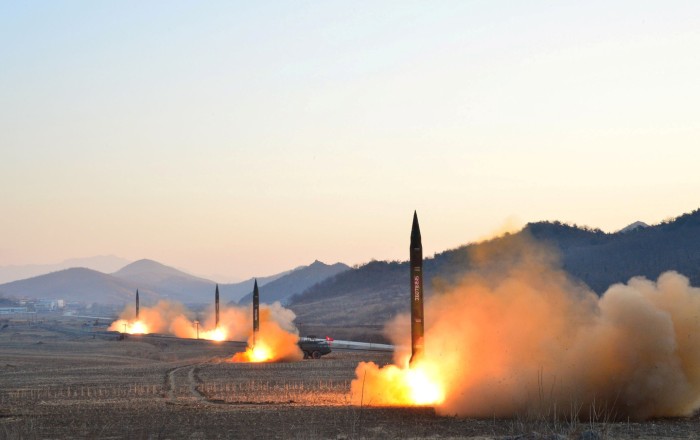Proceeding from a latest article, Foreign Affairs describes that as the global tech race intensifies, China and the US are locked in a fierce battle for dominance in the high-tech sector, a contest that could reshape the future of the world’s economy, military power, and geopolitical influence.
From groundbreaking advancements in artificial intelligence to breakthroughs in fusion energy, both nations are pouring resources into emerging technologies that promise to define the next era of innovation. But as China accelerates its progress, the US faces the urgent challenge of staying ahead in a high-stakes competition that will determine global leadership for decades to come.
In June 2024, Chinese President Xi Jinping underscored the high-tech sector's role as the "frontline and main battlefield of international competition," a statement that captures the escalating race between the US and China for global dominance. Both countries are vying for leadership in cutting-edge technologies with military and civilian applications, reshaping global dynamics.
China has made impressive strides since launching the "Made in China 2025" initiative. In 2024, Chinese automaker BYD surpassed Tesla in electric vehicle sales, with innovations like vehicles capable of parking sideways, floating during emergencies, and ultra-fast charging. Meanwhile, the state-backed Commercial Aircraft Corporation of China is challenging US aerospace giants with plans for a supersonic jet. In quantum communications, Beijing showcased a breakthrough by sending quantum-encrypted images to South Africa via a cost-effective satellite. China's biotech industry is also growing rapidly, positioning itself as a strong rival to American firms in drug development.
As China advances in these sectors, the US government has implemented protectionist measures, including tariffs on electric vehicles, investment restrictions, and export controls on key technologies like GPUs. Despite these efforts, the success of DeepSeek—a Chinese AI company that bypassed high-end GPU dependence—demonstrates that these barriers are not enough to stifle China's innovation.
This highlights the US need to reinvest in its own innovation ecosystem. While China pursues long-term technological dominance through heavy government investment, the US has traditionally relied on market forces. However, recent cuts to federal funding for university research under the current administration threaten to undermine a vital source of new ideas and discoveries.
To stay competitive, the US must enhance its investment in research and development, especially at universities, and create immigration policies that attract top global talent. This approach will be essential in maintaining the country's leadership in the global technology race.
By Naila Huseynova
Source: caliber.az












